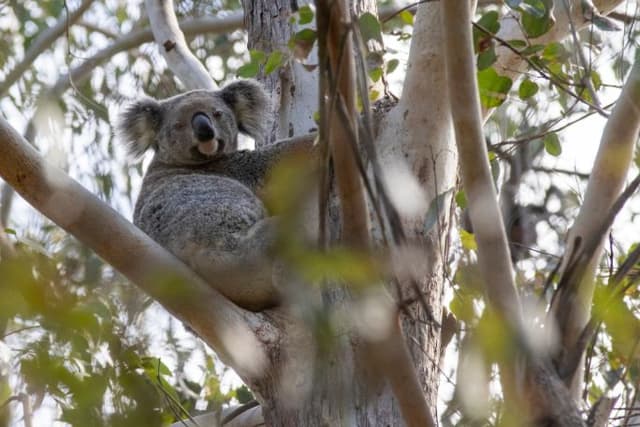
Sustainable Sanctuaries: Gum Trees, Koalas, and Biodiversity Bliss
Lesson2 of 8 in this unit
PrimaryYear 3ScienceBiologyEnvironmentalBiodiversity
Summary
Lesson guides and printables
Lesson Plan

Survival of the Forest Activity Sheet

Life Cycle Worksheets
